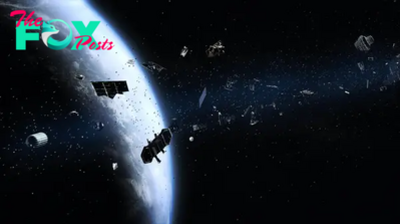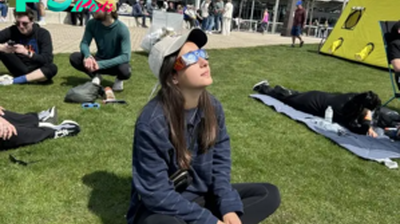Science
What Happens if It’s Cloudy During an Eclipse?
Next week, crowds will flock into cities like Indianapolis, Cleveland, and Dallas for a chance to view a total solar eclipse, a rare event which occurs when the moon completely covers the sun for a few short minutes.
There is one factor that could complicate the experience for eclipse watchers: clouds. Cloudy skies are known to dull the effects of total eclipses, making them less dramatic. That could spoil a celestial event people in the U.S. won’t get to see again for two decades.
Read More: Why These Passengers Are Flying up to 30 Hours to See Four Minutes of the Eclipse
But that doesn’t mean you should give up altogether if the area you plan on viewing the eclipse from has a cloudy weather forecast.
Here’s what happens if the eclipse occurs on a cloudy day—and how to try to maximize your viewing experience.
What to expect during a cloudy total solar eclipse
“If you are under the clouds, it’s still going to get dark,” says veteran solar eclipse Traveler and expert Patricia Reiff. Reiff is a professor of physics and Astronomy at Rice University, and over the course of her career she has seen 20 eclipses.
Reiff says that she has been “clouded out” from seeing a planned eclipse three times, and that while the effects of the eclipse are dulled when there are clouds, there still may be interesting things for viewers to observe. “You can still experience the eclipse with your skin because it will be cooler and the winds are going to change,” she says. “You can still experience it with your ears because the birds might change their roosting songs. You might experience it with your eyes because the dogs and other Animals are lying down and acting as though it’s the evening.”
Read More: How Animals and Nature React to an Eclipse
Carolyn Addison, the head of product at the Black Tomato, a Travel company that designs solar eclipse trips, agrees. “If clouds are present, the eclipse will still be evident and it should still be incredible to experience, with a dramatic change in the atmosphere when the daylight darkens to night, the temperature noticeably drops, and with it, birds and other typically vocal wildlife become quiet, changing to their nighttime behavior. It’s intriguingly eerie and a unique event to witness,” she said via email.
If it’s just an overcast or partly cloudy day, Reiff still recommends making the journey, since lighter clouds have a tendency to thin out as totality starts due to the way the sunlight is scattered. “It adds to the suspense,” says Reiff. “There were several times when it was raining that morning and we didn’t think we would see it, but the cirrus clouds became more transparent as totality approached because of the scattered sunlight, and just as totality approached it cleared.”
That said, Reiff says the ability to view an eclipse during cloudy weather depends on the extent of the clouds. “If there’s widespread thunderclouds, I’m going to stay where I am,” she says. “Only if you can see through the clouds will you get the experience of the solar corona and the true experience of totality.”
Read More: Where to Find Solar Eclipse Glasses—And Spot Fake Ones
How to reduce the chances of encountering clouds
There are ways to minimize the chances of encountering cloudy skies with enough planning. One useful thing eclipse watchers can do is have a backup plan if the place from which they intend to view the eclipse is cloudy on April 8.
By now, weather forecasts provided by local media stations should be fairly accurate, so you should have some idea if the place you plan on going will have clear skies. Approximately 24-48 hours before the eclipse starts, the weather forecasts will be accurate enough for you to make a decision about which places near you within the path of totality will have the best weather, says Reiss. It’s best to keep your plans flexible until then if your goal is to view totality under clear skies.
-
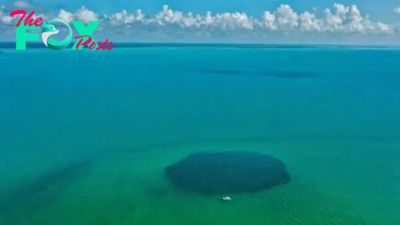
 Science6h ago
Science6h agoDeepest blue hole in the world discovered, with hidden caves and tunnels believed to be inside
-

 Science6h ago
Science6h agoBlack hole 'traffic jams' are forcing cosmic monsters to collide, new study finds
-

 Science6h ago
Science6h agoResearchers just found more than 1,000 new solar system objects hiding in plain sight
-
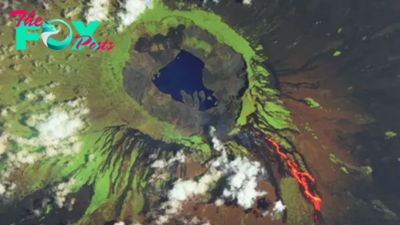
 Science18h ago
Science18h agoEarth from space: Lava bleeds down iguana-infested volcano as it spits out toxic gas
-
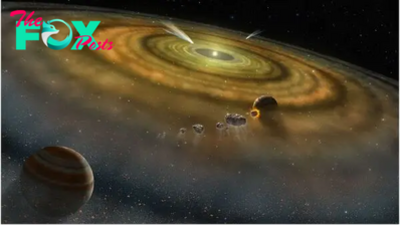
 Science1d ago
Science1d agoJupiter may be the reason why Earth has a moon, new study hints
-
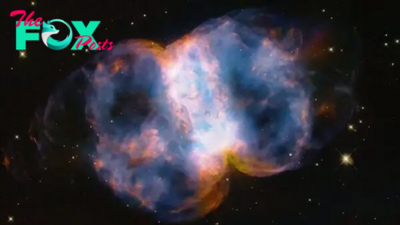
 Science1d ago
Science1d agoSpace photo of the week: Little Dumbbell Nebula throws a wild party for Hubble telescope's 34th anniversary
-
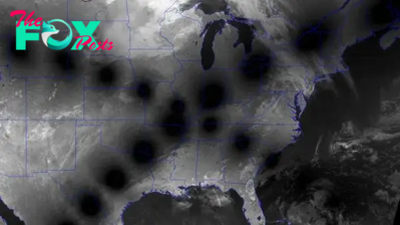
 Science2d ago
Science2d agoEclipse from space: Paths of 2024 and 2017 eclipses collide over US in new satellite image
-

 Science4d ago
Science4d agoHundreds of black 'spiders' spotted in mysterious 'Inca City' on Mars in new satellite photos




